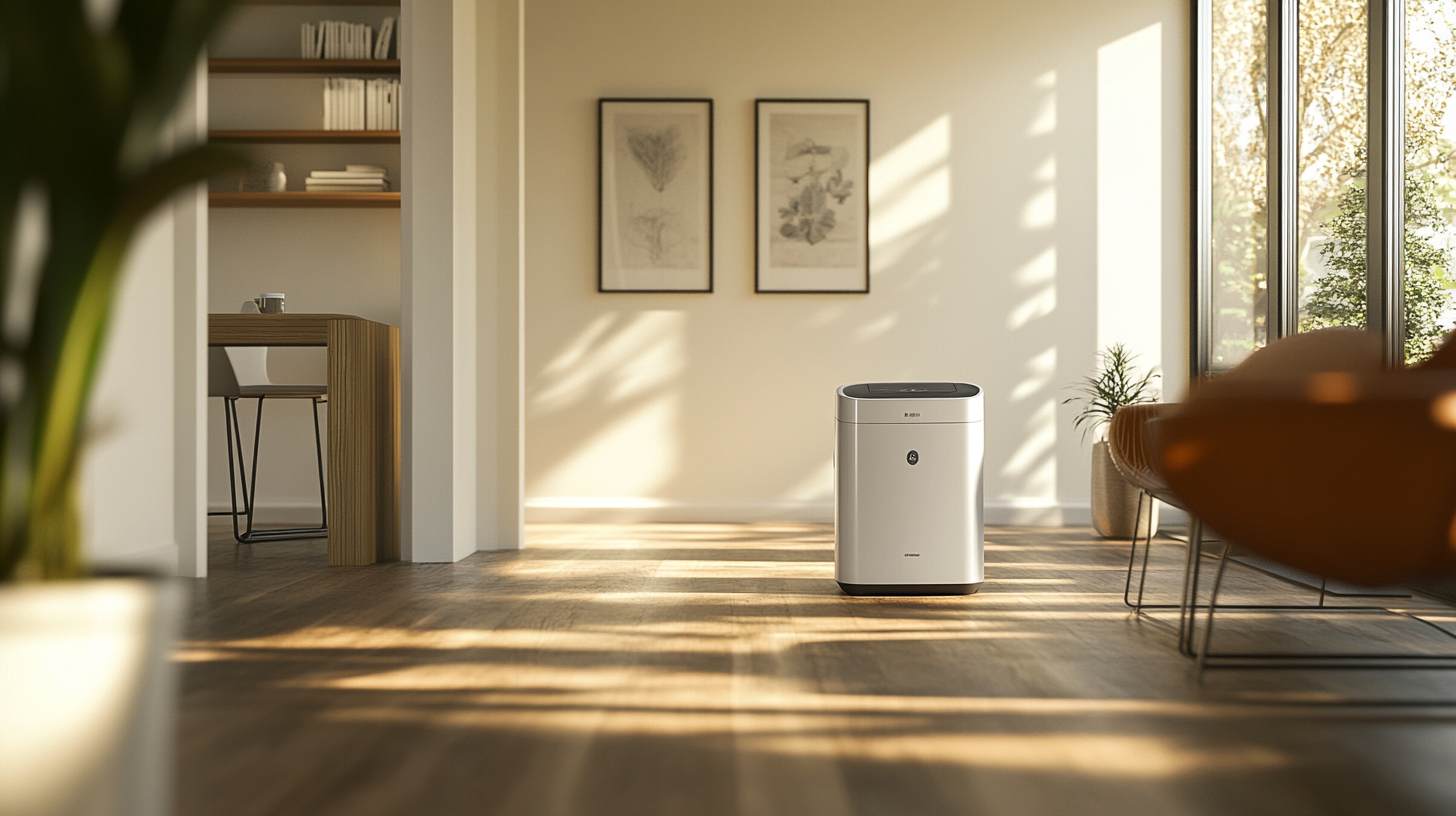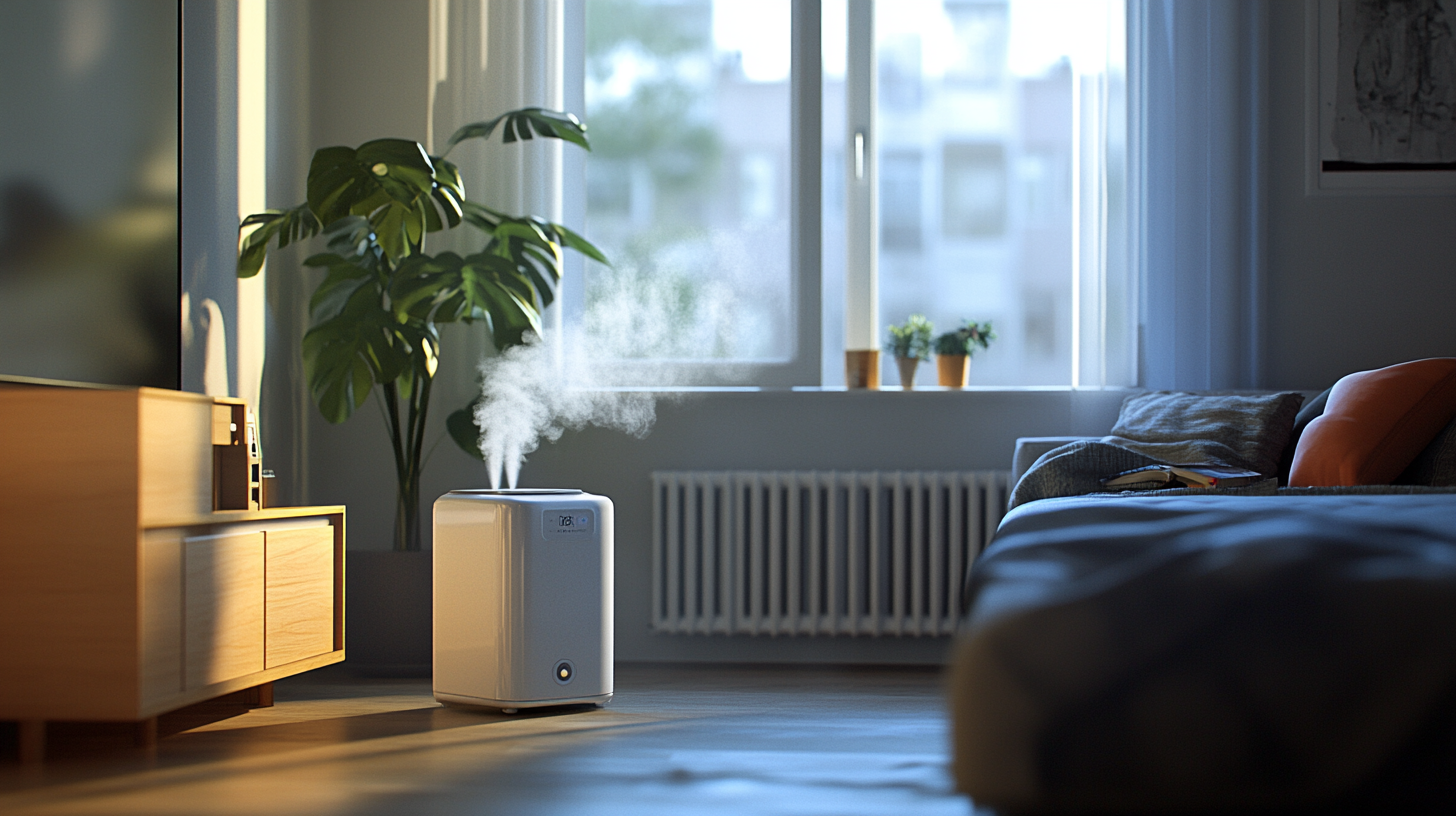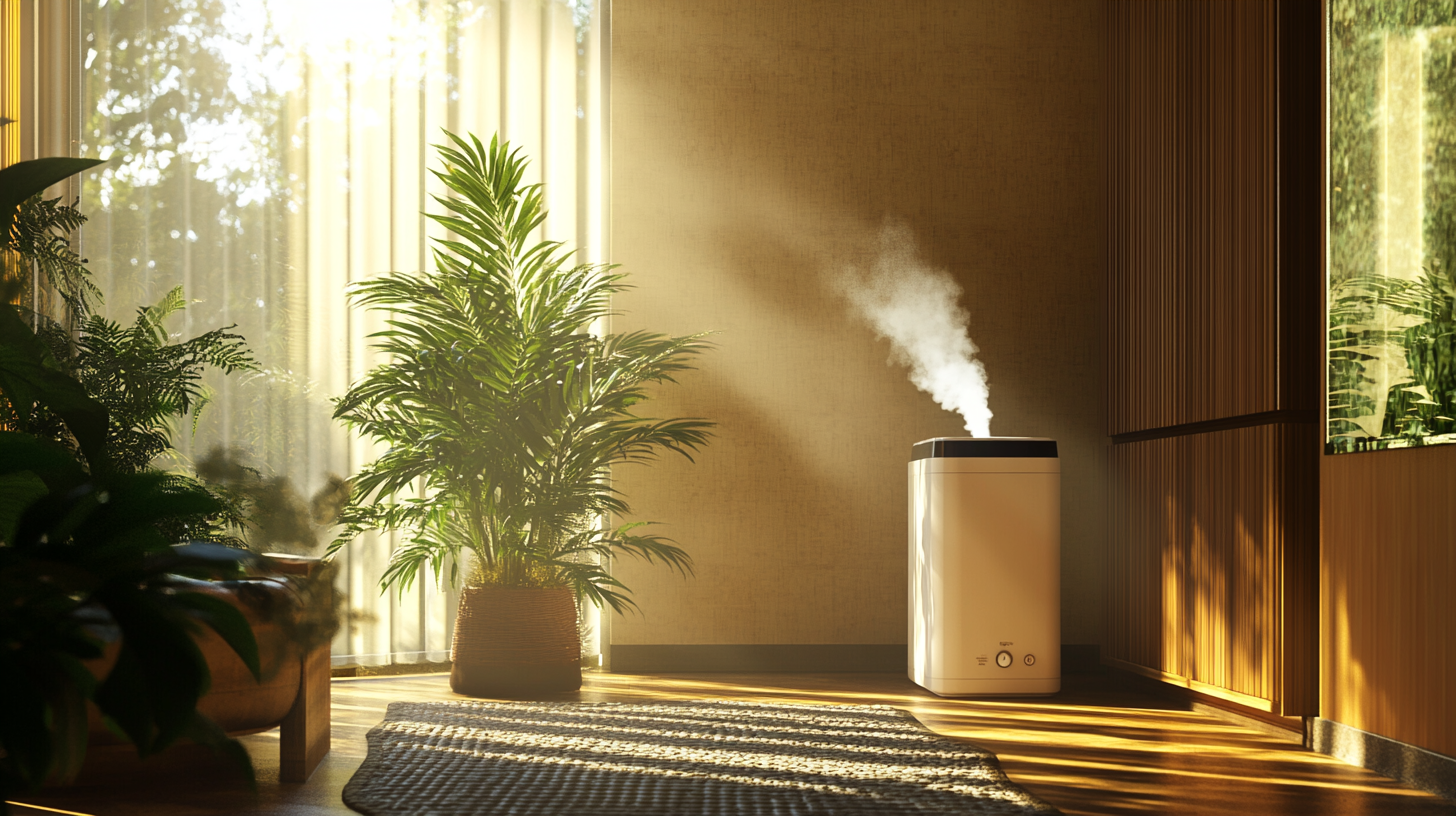If you're tired of dealing with a damp and musty basement, applying basement waterproofing paint can be a cost-effective and efficient solution. In our comprehensive step-by-step guide, we'll walk you through the process of applying basement waterproofing paint to protect your basement from water damage and leaks. From the essential preparation steps to the final coat, this blog will equip you with the knowledge and skills needed to make your basement a dry and comfortable space.
Preparing Your Basement for Waterproofing Paint Application
Before you dive into the process of applying waterproofing paint to your basement, it's crucial to ensure that the surface is adequately prepared. Preparing your basement for waterproofing paint application is a vital initial step that can make a significant difference in the effectiveness of the coating. Start by thoroughly cleaning the basement walls and floor, removing any dirt, dust, and debris. You can use a stiff brush, scraper, or a pressure washer to eliminate any loose particles. Pay special attention to areas with visible signs of mold or mildew; these need to be treated with a mold-killing solution and allowed to dry before proceeding.
Next, it's essential to repair any cracks or holes in the basement walls using an appropriate patching compound. These imperfections can allow water to seep through and undermine the effectiveness of the waterproofing paint. Once the patching compound has dried and cured, sand the patched areas to ensure a smooth surface. Before applying the waterproofing paint, make sure the basement is well-ventilated to allow for proper curing and drying of the paint. Proper preparation sets the stage for a successful waterproofing project, ensuring that your basement remains dry and protected from moisture issues.
Choosing the Right Type of Basement Waterproofing Paint
Selecting the right type of basement waterproofing paint is a critical decision in your efforts to protect your basement from moisture damage. There are several options available on the market, and each has its unique features and benefits. The two primary types of waterproofing paint are latex-based and oil-based. Latex-based paints are a popular choice due to their ease of application and quick drying time. They are water-resistant and provide a durable finish that can effectively prevent water penetration. On the other hand, oil-based waterproofing paints offer excellent moisture resistance and are ideal for basements with a history of water issues. However, they have a strong odor and typically require more time to dry.
Another important consideration when choosing the right waterproofing paint is the level of breathability. Some paints are formulated to allow the walls to breathe, preventing moisture from getting trapped behind the paint and causing damage. Additionally, you should also check if the product is labeled as mold and mildew resistant, which can help maintain a healthier indoor environment. Keep in mind the specific needs of your basement, such as its current condition and the severity of moisture problems, as this will guide you in selecting the most suitable type of basement waterproofing paint for your project. Making the right choice ensures that your basement remains dry and protected for years to come.
Gathering the Necessary Tools and Materials
Before you embark on your basement waterproofing paint project, it's essential to gather all the necessary tools and materials to ensure a smooth and efficient process. First and foremost, you'll need the waterproofing paint itself, either in a latex-based or oil-based form, depending on your preference and the specific needs of your basement. Other essential materials include patching compound, which is crucial for repairing any cracks or holes in your basement walls, and a quality primer to prepare the surface for the paint.
In addition to the paint and patching materials, you'll require a set of basic tools, including paintbrushes and rollers for application, a putty knife for smoothing and spreading patching compound, drop cloths to protect your flooring, and painter's tape to mask off areas that you don't want to paint. Safety equipment like gloves and safety goggles are also essential to protect yourself during the process. By gathering these tools and materials ahead of time, you can streamline your waterproofing project and ensure that you have everything you need for a successful application, leading to a dry and protected basement space.
FAQs
-
What is basement waterproofing paint, and how does it work?
Basement waterproofing paint is a specialized coating designed to create a moisture-resistant barrier on your basement walls and floor. It works by sealing the porous surfaces, preventing water from infiltrating your basement.
-
Do I need to prepare my basement walls before applying waterproofing paint?
Yes, thorough preparation is essential. You should clean the walls, repair any cracks or holes, and ensure a smooth surface for the paint to adhere effectively. This step is critical for the paint's long-term performance.
-
Can I apply waterproofing paint to a basement with an existing moisture problem?
While waterproofing paint can help prevent further moisture issues, it's not a solution for existing water leaks or severe flooding. You should address any drainage or structural issues first and then apply the paint as a preventive measure.
-
How many coats of waterproofing paint should I apply?
Typically, two coats are recommended for adequate protection. The first coat acts as a primer, and the second coat provides additional waterproofing properties. Always follow the manufacturer's instructions for the specific product you're using.
-
Is waterproofing paint an alternative to a sump pump or other drainage systems?
Waterproofing paint is not a substitute for proper basement drainage solutions like sump pumps and exterior drainage systems. It complements these measures by preventing moisture seepage through the walls but should not be relied upon as the sole method of waterproofing in areas with high water table levels or heavy rainfall.
Contact Crawl Logic Today!
Crawl Logic will do everything we can to ensure your experience with us is excellent.
Request A FREE Estimate
We will get back to you as soon as possible.
Please try again later.
CHECKOUT RECENT POST



Schedule Your FREE Crawl Space Evaluation!
Did you know YOU DON'T HAVE TO BE HOME for us to provide you with your 100% FREE crawl space inspection and report?
CHOOSE THE BEST OPTION, CRAWL LOGIC!
Ready to Elevate Your Experience? Let's embark on a journey to success together! Our team is dedicated to delivering excellence and innovation tailored to your unique needs. Connect with us now to discover how our services can transform your vision into reality. Your next big leap starts here
HOURS
Monday: 8:00AM - 5:00PM
Tuesday: 8:00AM - 5:00PM
Wednesday: 8:00AM - 5:00PM
Thursday: 8:00AM - 5:00PM
Friday: 8:00AM - 5:00PM
Saturday: 8:00AM - 5:00PM
Sunday: 8:00AM - 5:00PM
Copyright © 2020 Crawl Logic - Franklin Crawl Space Encapsulation and Repair
